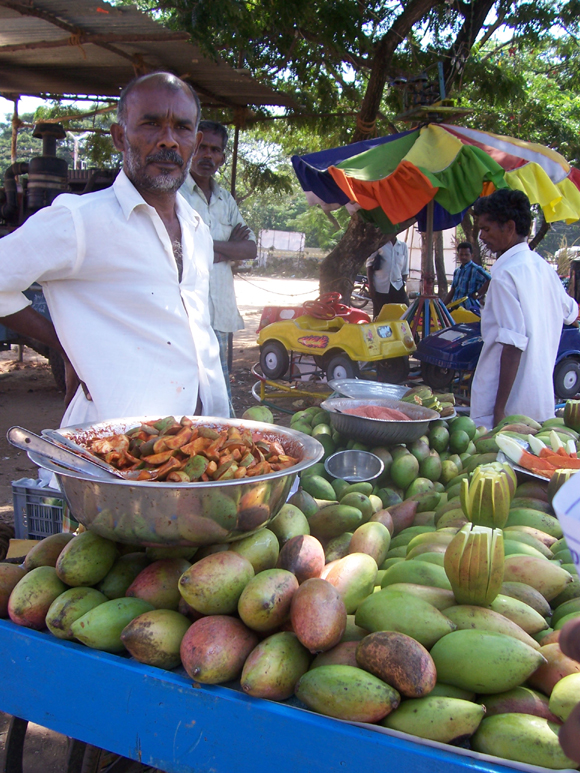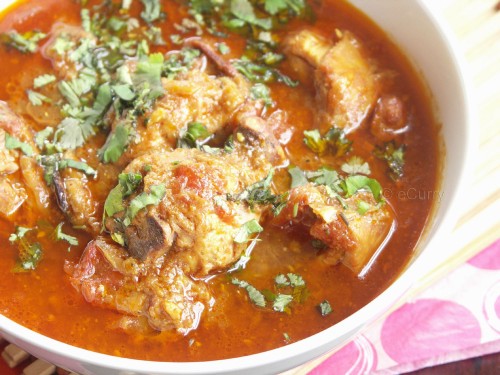 |
| (photo compliments of deviantart.com) |
 Just as the next guy, India sure loves making and sharing food! With such a diverse selection spread across all of India one would imagine the lines would be crossed. Separated into four sections of geography, Indian food exhibits certain similarities. Thees similarities consist of oil, rice, sugar, and spice. In India, tradition is as much a part of the individual as it is the culture, especially in the foods eaten.
Just as the next guy, India sure loves making and sharing food! With such a diverse selection spread across all of India one would imagine the lines would be crossed. Separated into four sections of geography, Indian food exhibits certain similarities. Thees similarities consist of oil, rice, sugar, and spice. In India, tradition is as much a part of the individual as it is the culture, especially in the foods eaten.RELIGIONS INFLUENCE UPON FOOD
Hindu, and Islam are the religions that influence food the strongest within India. By blending the cuisine of Muslim food with the techniques of Hindu, the end product created a burst of perfect flavor.
The Portuguese, English, and Persian settlers added very important contributions to the food of India. England helped India with commercial cultivation of tea.
In Hindu, a vegetarian life style can be predominately seen, but as of today more and more people eat meat in India. Because of the early herbivore tendencies of India the majority of meat dishes are prepared through Muslim recipes. Such as curries, meat balls, kabobs, and tandoori chicken.
North food
The main crop grown in northern India is wheat. This has allowed the northern diet to have wheat pancakes stuffed with mashed vegetables, rotis, chapatis, paranthas, which are all leavened or unleavened bread prepared for meals. The north also uses a lot of dairy products such as cottage cheese, ghee which is clarified butter, milk, and yogurt. The non vegetarian choices are taken from Mughlai cuisine which are very delectable. Using deep fried curries and vegetables, spice use is very important in all dishes.
Southern Cooks
The food in southern India uses rice mainly and is intended to be easily digestible. Vada, idli, and dosa
are rice dishes similar to pancakes and are normally served with a thin soup called sambhar rasam. Eating curd and pickles with at least two prepared vegetables. Eating lightly fried items between main course is also expected in southern cuisine. coconut oil and shaved coconut are also used vigorously in the preparation. Most non vegetarian dishes use fish or seafood of some sort, different then northern meats.
Eastern Dish
Sweets are the name of the game in eastern India. They are specifically known for some of the best desserts such as rice pudding and baked goods. There main diet consists of rice, momos, jhaal muri, and fish curries. Creating soups and other variety's with fish, in difference to other parts of India, eastern region uses mustard oil in the majority of savory dishes.
Western Fixens
West India has more desert like conditions and because of this their diet has a lot less vegetables. Using spicy pickles and
chutneys to accent puran poli a renowned dish in western India. Using lentils, baked wheat balls, and powdered sweetened cereal. Mango powder is used within many of the dishes as a substitute for other vegetables.
"Food in India (Religious influences [Hindu] on food, North Indian food, South Indian food, ." AsianInfo.org. N.p., n.d. Web. 2 Dec. 2010.
"Indian Cuisine, Indian Food, Rajasthani Cuisine, Rajasthani food, Cuisine in Rajasthan, Cooking in India, Indian Recipes, Cooking Classes in India, Cooking Tour to India." India Tour,India Tour Packages,India Tourism,India Travel,Indian Tour,India Travel Packages,Tourism in India,India Travel Agent. N.p., n.d. Web. 2 Dec. 2010.
"Indian Food - India Traditional Food - India Food - Types of Food in India - What to Eat in India." Travel to India, India Travel Guide, India Travel Packages, Traveling to India, Indian Travel Guide. N.p., n.d. Web. 2 Dec. 2010.




No comments:
Post a Comment